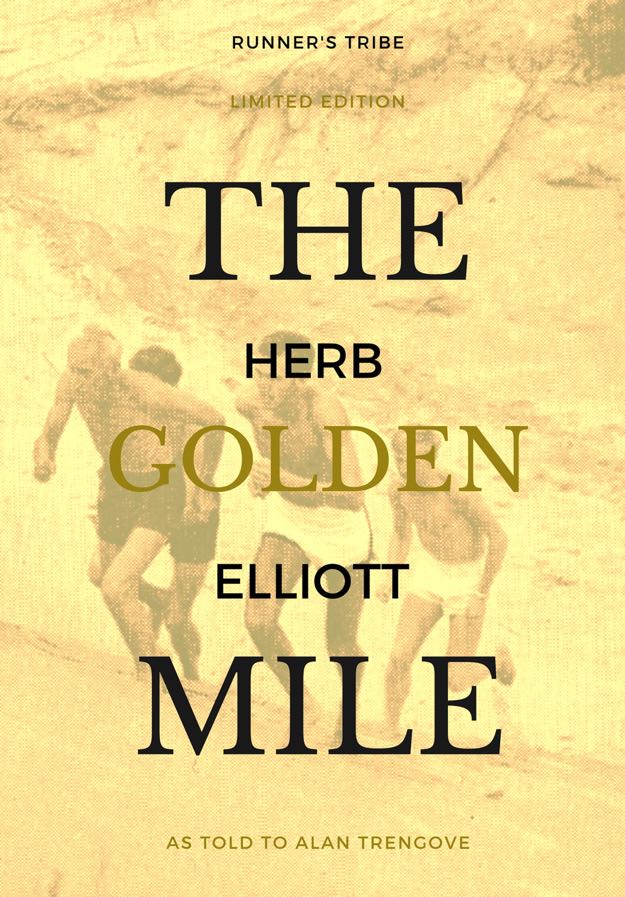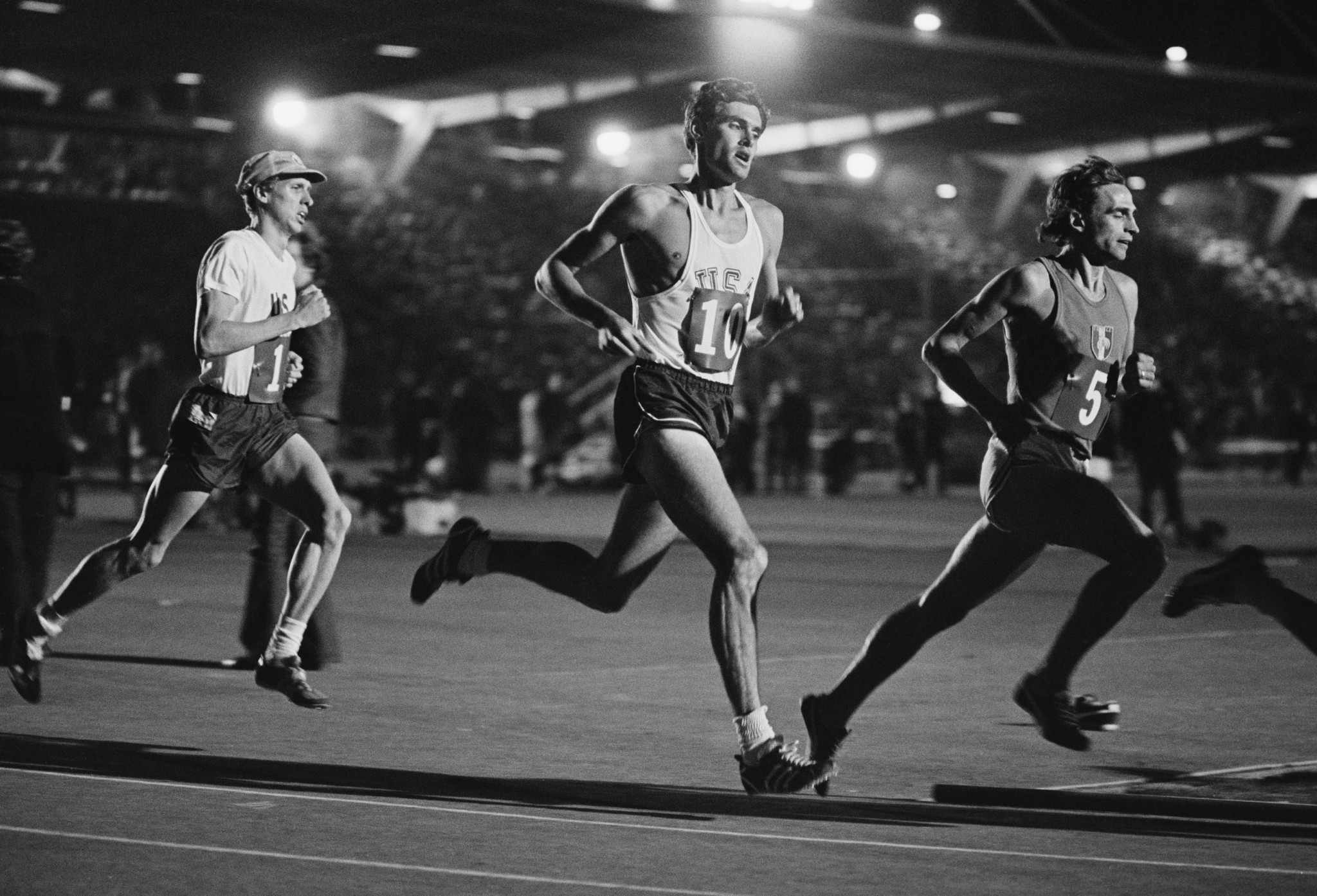If, like me, you think innovation in athletics started with Nitro and those introductions were athletes trot onto the track past a couple of exploding gas canisters, then you’ve probably never heard of the International Track Association.
Fifty years ago this month (I can write that because it’s 31 March as I do), the International Track Association staged its first meeting in Pocatello, Idaho. Being 3 March and still at the tail end of winter in North America, the competition was indoors at a stadium known as the MiniDome.
It also introduced a number of innovations which would become a feature of the ITA during its four-year lifetime – pacing lights, spotlight introductions, mixed relays both by gender and specialist event of the competitors.
Idaho is known for its potatoes, the top producer of spuds in the USA, in fact. Showing rather less innovation than the meeting promoters, US sports magazine Sports Illustrated introduced its report on the new sporting product thus:
IT WASN’T SMALL POTATOES IN POCATELLO
A CROWD OF 10,480 CAME TO IDAHO’S MINIDOME TO SEE AMERICA’S FIRST FULL-FLEDGED PRO MEET AND WAS WITNESS TO THREE WORLD RECORDS, THE WORLD’S GOOFIEST RELAY AND A WORLD-RECORD HOLDER RACING SOME BLINKING BULBS
The report was written by Ron Reid and both he and the SI sub-editors just about summarised the introduction, the appeal and, ultimately, the demise of the International Track Association in one article. It had the pacing lights 50 years before the Diamond League, it had cameras – though never quite enough of them, and it had action – though an inability to attract new talent into its ranks was a big factor in its limited lifespan.
What the ITA did offer, however, was the chance for athletes to make money from their sport, not under the table, as had already been happening for a long time, but out in the open. As Ron Reid reported: “and as for the outrageous spectacle of the saintly track man actually taking money over the table, the public will be more offended by Sesame Street.”
In common with Nitro, the attempt by Australia and Usain Bolt to introduce new formats of competition in our sport, the ITA also faced hostility from the athletics establishment. Nitro was torpedoed by a lack of support from the full World Athletics Council, the ITA was hit from the start by the AAU, the governing body of athletics in the USA, with blanket suspensions of all athletes who competed in its events.
The AAU also pressured the television companies not to cover the meetings and, most threateningly, banned all competitors from future Olympic representation. The ITA was outstandingly successful in attracting high-profile athletes from the Munich 1972 Olympics but the AAU’s uncompromising ban threat on future US Olympians proved to be a hurdle too high in the end.

But all this was in the future as the “not small potatoes” got under way in Pocatello. The attendance of just over 10,000 remained pretty well the average for the ITA’s 51 meetings from 1973 to mid-way through 1976. Like many averages, however, the distribution was key – some of the indoor and outdoor meetings attracted big crowds, others hardly ticked the turnstiles over at all.
Then there were organisational glitches and some poor promotional choices. A ‘mile’ race became a 1600 yards when the tape was put out a lap early on the 11 laps to the mile indoor circuit. By and large, though, the meetings were well promoted even if that did not translate at the gates.
The 10,000 fans at Pocatello saw three ‘world bests’ – from Warren Edmonson in the 100 metres (yep, an indoor 100), Lee Evans in the 600 metres and John Radetich in the high jump. The records, of course, were never ratified because the AAU sanctions were automatically upheld by the IAAF.
Other top athletes attracted by the ITA offerings included shot putter Brian Oldfield, whose ‘exuberant’ personality was a strong promotional point, Kip Keino and Jim Ryun, pole vaulter Bob Seagren and 400m specialist Larry James. Olympic women’s sprint champion Wyomia Tyus was also lured out of retirement to compete, though the ITA struggled to find women competitors overall.
Others – including Australian Munich 1972 middle-distance reps Chris Fisher and Tony Benson – joined as the series went along.
Despite the promising start, however, the ITA foundered on the rock of the Montreal Olympics when, in addition to the existing problems with the AAU, the limited television coverage and the sporadic nature and spread of ticket-buying spectators, its head, Michael O’Hara, was unable to attract new talent like the Kiwi trio John Walker, Rod Dixon and Dick Quax.
ITA’s demise was announced after the failure to attract these new starts, and others, after Montreal. Its last meeting was in Gresham, Oregon, in late August, 1976. The final three disgnated meetings for that year were cancelled.
In his optimistic greeting of that first meeting three and a half years earlier in Pocatello, Reid had written: “According to the laws that dictate such things, new ventures chasing after a piece of the action in professional sport should be prepared for foul-ups, crowds of 543 and wise guys saying, ‘I told you so.’
“Someone, however, amended the rules for the International Track Association, America’s first touring company of professional track and field athletes, whose debut last Saturday night in Pocatello, Idaho was anything but small potatoes.”
Even big potatoes cannot jump hurdles. And the ITA ran into too many barriers.
And, in the ultimate irony, within a few more years, athletics went open.


















AND,,,,I was told that many of the ITA athletes were never paid the sums agreed on by Mr O’Hara…